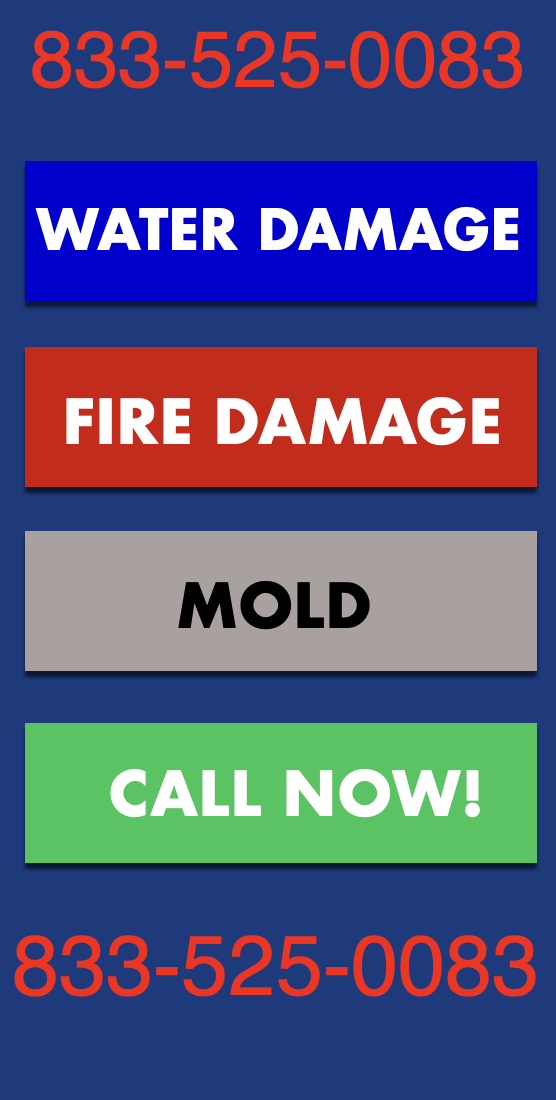The 10 Warning Signs of Mold Toxicity
Mold toxicity is a subject that has been gaining increasing attention, yet it remains controversial in medical circles. The issue is not just about the black, green, or yellow fuzz that you might find on your bread or in your bathroom; it’s about a potentially serious health issue that can manifest in a variety of symptoms. If you’ve been experiencing health problems and can’t seem to find a clear cause, mold toxicity could be a factor worth considering. This article aims to shed light on what mold toxicity is, how it differs from mold allergies, its symptoms, and its peculiar relationship with Heating, Ventilation, and Air Conditioning (HVAC) systems—specifically mini splits.
Easy Mold Test
What Is Mold Toxicity?
Mold toxicity is a controversial diagnosis that refers to chronic illnesses caused by exposure to biotoxins present in mold spores. Unlike a mold allergy, which might cause short-term symptoms like sneezing or itching that go away when you are no longer exposed to mold, mold toxicity is said to cause a range of long-term symptoms. These range from mild respiratory problems to severe neurological and digestive issues.
The controversy surrounding mold toxicity largely stems from its symptomatology. The symptoms often mimic other health conditions, making it difficult to pinpoint mold toxicity as the underlying cause. Nonetheless, the potential severity of these symptoms makes it a topic that shouldn’t be ignored.
Symptoms of Mold Toxicity
Mold toxicity can manifest through a wide range of symptoms. Here are some of the most common ones:
- Respiratory problems: Wheezing, coughing, and difficulty breathing.
- Skin rashes: Including eczema, hives, or dermatitis.
- Headaches: Ranging from migraines to sinus headaches.
- Memory loss: Such as forgetfulness, confusion, or brain fog.
- Chronic fatigue: Low energy, weakness, or sleepiness.
- Joint pain: Arthritis, inflammation, or stiffness.
- Eye irritation: Redness, itching, or dryness.
- Nosebleeds: Frequent or severe bleeding from the nose.
- Mood swings: Depression, anxiety, or irritability.
- Immune system disorders: Allergies, asthma, or infections.
If you have been experiencing a combination of these symptoms without a clear cause, mold toxicity might be worth investigating.
Mold Toxicity Is No Joke
Mold toxicity is no trivial matter. While the signs of its presence may be subtle, its impact on health and well-being can be substantial. Though symptoms may be attributable to other factors, recognizing the warning signs of mold toxicity allows you to act prudently, safeguarding the health of your household. Persistent respiratory symptoms, unexplained fatigue, recurrent headaches, and visible mold growth, especially in high-moisture areas, should not be dismissed. Engage with healthcare providers to explore the possibility of mold toxicity and enlist mold remediation professionals to ensure your environment remains mold-free. Ultimately, mold prevention through moisture control, adequate ventilation, and routine inspections emerges as the key to mitigating mold-related health concerns.
- Toilet Overflowing with Poop
- Wet Carpet Smell Health Risks
- Water in crawl space after heavy rain normal
- How to make a successful water leak insurance claim
- Flood Insurance Idaho
- Water Damage Mitigation
- Smoke Damage Boise
- Attic Mold Removal
- Roof Storm Damage
- Sudden Loss of Water Pressure In Whole House


